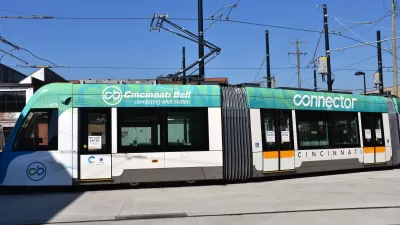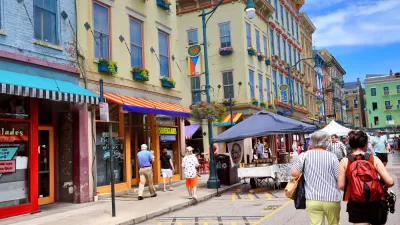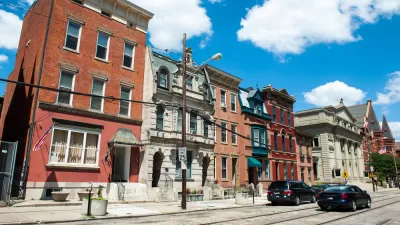A Cincinnati neighborhood once described by Reason magazine as "ground zero in inner-city decline" has recovered to the tune of $500 million in investments over the past decade.

"Washington Park has undergone an $8 million renovation, but that represents a minor facelift compared to what’s been going on in the rest of the neighborhood," according to Alan Greenblatt, adding, "Cincinnati’s Over-the-Rhine section, which lies directly north of the city’s downtown, has seen a half-billion dollars’ worth of investment over the past decade, resulting in one of the most remarkable urban transformations of recent times."
The population decline that most people associate with Cincinnati, however, means that gentrification concerns haven't corresponded to the neighborhoods ascendance. "We were able to do this because everything was boarded up and hardly anyone was living there,” says City Councilman Chris Seelbach in the article. Moreover, explains Greenblatt, "[instead] of being seen as a boondoggle only helping out one part of the city, the neighborhood is now viewed as an asset that’s helping the whole city to change both its image and its fortunes."
There is reason o believe that the neighborhood's momentum will continue, according to Greenblatt, who cites the city's new streetcar line and plenty of remaining opportunities for redevelopment. The article provides a lot more details about the evolution of the neighborhood, including the role of the Cincinnati Center City Development Corp. (3CDC) in the recovery.
FULL STORY: From Vacant to Vibrant: Cincinnati’s Urban Transformation

Alabama: Trump Terminates Settlements for Black Communities Harmed By Raw Sewage
Trump deemed the landmark civil rights agreement “illegal DEI and environmental justice policy.”

Planetizen Federal Action Tracker
A weekly monitor of how Trump’s orders and actions are impacting planners and planning in America.

Why Should We Subsidize Public Transportation?
Many public transit agencies face financial stress due to rising costs, declining fare revenue, and declining subsidies. Transit advocates must provide a strong business case for increasing public transit funding.

Understanding Road Diets
An explainer from Momentum highlights the advantages of reducing vehicle lanes in favor of more bike, transit, and pedestrian infrastructure.

New California Law Regulates Warehouse Pollution
A new law tightens building and emissions regulations for large distribution warehouses to mitigate air pollution and traffic in surrounding communities.

Phoenix Announces Opening Date for Light Rail Extension
The South Central extension will connect South Phoenix to downtown and other major hubs starting on June 7.
Urban Design for Planners 1: Software Tools
This six-course series explores essential urban design concepts using open source software and equips planners with the tools they need to participate fully in the urban design process.
Planning for Universal Design
Learn the tools for implementing Universal Design in planning regulations.
Caltrans
Smith Gee Studio
Institute for Housing and Urban Development Studies (IHS)
City of Grandview
Harvard GSD Executive Education
Toledo-Lucas County Plan Commissions
Salt Lake City
NYU Wagner Graduate School of Public Service





























